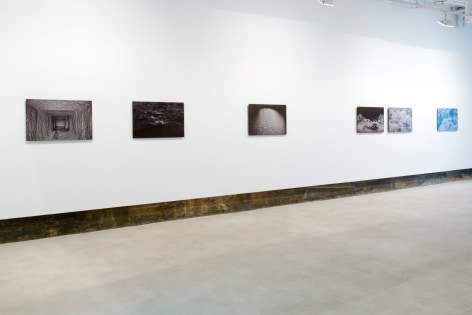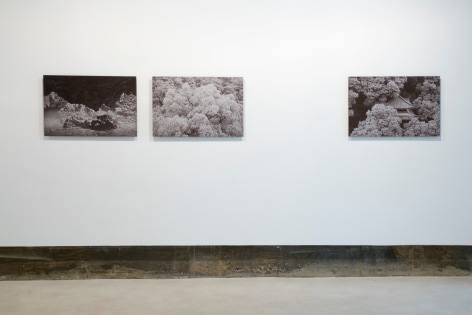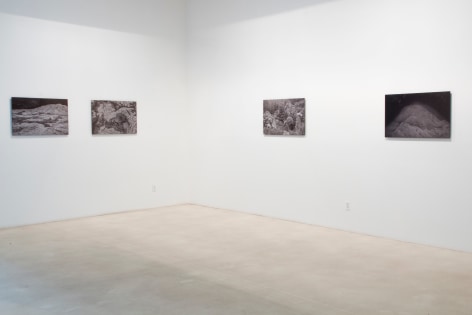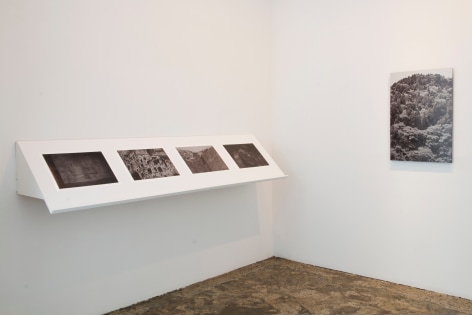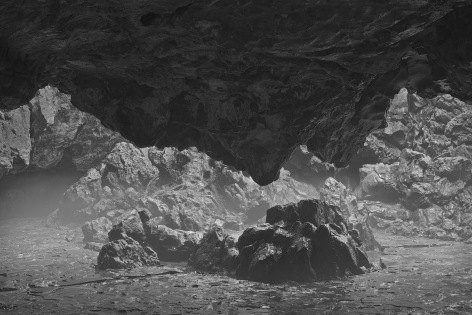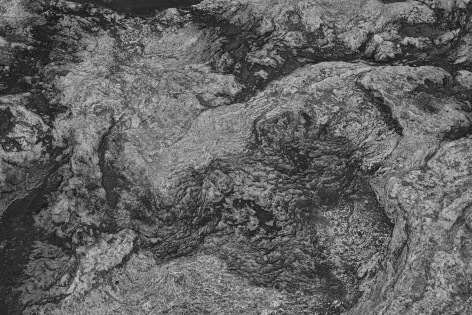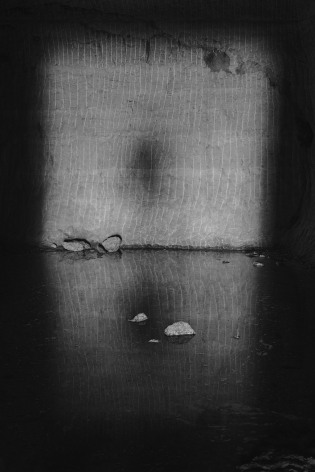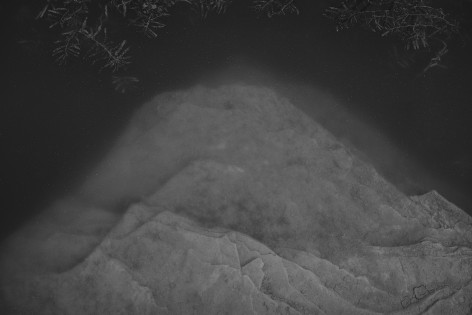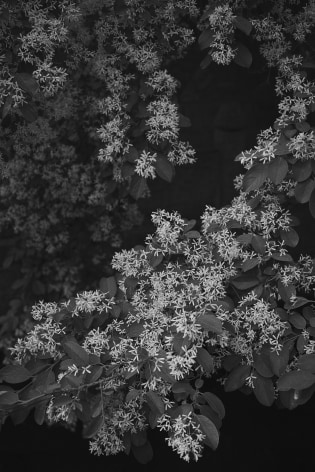Chambers Fine Art is pleased to announce the opening on March 31, 2016 of Taca Sui: Steles – Huang Yi Project. This will be the artist’s second solo exhibition at the gallery. In his first exhibition, Odes (2013), Taca presented a body of work that was inspired by the ancient poetic heritage of China, specifically the Book of Odes (Shi Jing). Traveling to remote locations that were associated with these ancient lyrics, he photographed landscapes and evocative details that were remarkable for their poetic intensity.
The latest body of work collectively titled Steles (2015) focuses on the stone steles that have played such a crucial role in the documentation of the history of China. In this case he was inspired by the late Qing dynasty imperial bureaucrat Huang Yi (1744 – 1802) who in his leisure time was also a dedicated amateur archaeologist, painter, poet and calligrapher. In the last years of the 18th century he made two trips in which the focus was on documenting steles mainly located in Shandong Province and Henan Province. Through his travel diaries, paintings, and rubbings, he provided an invaluable record of cultural artifacts that otherwise might have disappeared altogether through neglect. In planning his own trips, Taca consulted Huang Yi’s diaries, Diary on Visiting Steles near Mount Song and the Luo River and Diary on Visiting Historical Steles from Jining to Tai’an.
Like Huang Yi 200 years before him, Taca embarked on expeditions to locate traces of the past as preserved in steles but whereas Huang Yi could still identify, describe and catalogue actual examples, Taca had to be satisfied with inscriptions that are largely erased through the passage of time or exist only in fragmentary state. Recognizing the futility of his task, he nonetheless perseveres in preserving whatever he can. At the opposite end of the spectrum from documentary photography, Taca’s images have a forlorn and timeless beauty that are simultaneously totally specific and yet evocative of the relentless passing of time.
To accomplish this, he uses silver barium sulfide photographic paper which contributes greatly to the effects he wants to convey. As a result of its intrinsic qualities, this type of photographic paper results in elusive images since unless seen from a specific angle, they dissolve into silver reflected light.
Taca is the latest link in a chain that began with Huang Yi when he recorded his discoveries in his diaries and shortly before his death showed his painting to friends when they came to visit him, as well as sending them to Beijing and Hangzhou. Copies of the 400 or so rubbings he made were also widely circulated. Taca followed in Huang Yi’s footsteps and contributes to the ongoing dialogue not through additions to the scholarly record but through his own poetic insights.
The exhibition Odes and the accompanying limited edition of a selection of the photographs by Chambers Fine Art established Taca as one of China’s outstanding young photographers. His work has entered the collection of the Metropolitan Museum of Art, New York and was included in the recent exhibition Chinese Albums at the same institution.
前波画廊诚挚地宣布将于2016年3月31 日起为塔可举办展览《碑錄—黄易计划》,这将是艺术家在前波画廊的第二次个展。在其2013年的首次个展《诗山河考》中,他展现了一系列深受《诗经》启发而创作的作品。他亲身造访了这部古代文学著作中提到的地点,并通过摄影里充满诗意的风景和令人思绪驰骋的细节特写,来寻觅那个古老世界留下的痕迹。
而2015年的《碑錄—黄易计划》系列的主题则是在中国文献史上扮演了重要角色的石碑。塔可的主要灵感来源是清朝乾嘉时期的科举官员兼金石学家黄易(1744-1802年)的一系列访碑日记和册页。工作之余,黄易将自己的热情投入到考古、绘画、作诗和书法之中。他在晚年探访并记载了山东和河南的多处石碑,其访碑日记、册页和碑文拓片都具有极高的文化价值。如果没有他的贡献,这些宝贵的文化遗产很可能就早已被遗忘在历史洪流之中了。塔可在计划自己的访碑之旅时,便借鉴了黄易的《嵩洛访碑日记》和《岱岩访古日记》。
同200年前的黄易一样,塔可用石碑作为追溯历史的媒材。然而两者不同的是,当时黄易仍可以在石碑上清楚辨别内容、描述记录并为内容分类,而塔可则不得不在被岁月磨平或残损的碑文间寻找蛛丝马迹。尽管塔可意识到这可能只是徒劳,但他仍旧尽最大努力坚持释读这几近消磨殆尽的痕迹。与纪实摄影完全相反,塔可的作品传递出凄凉、忧伤而永恒的美感和特点,它们既很具象,又不禁让人感受到时间的残酷。
为了达到这样的效果,塔可采用了泛银的硫化钡相纸,来强化一种无形无相却又无所不在的悲剧感。这种处理方法使得观者只有站在一定的角度时才能真正观看到作品。若转换角度或者调整光线,大部分的图像都会消融在一层银色的反光之中,画面的明暗、层次也将变得模糊,难以捉摸。
黄易将访碑历程记录在日记中,离世前又将自己创作的册页展示给前来探望他的朋友们看,并寄去北京和杭州,而他所制作的400多件拓片也被广泛复制和流传。塔可紧随着黄易的探访足迹,但并非从学者的角度,而是通过其富有诗意的独特视角来传承历史。
展览《诗山河考》及由前波画廊出版的同名收藏版和摄影作品,奠定了塔可在中国青年摄影艺术家中的先锋地位。其作品被纽约大都会博物馆永久收藏,并在大都会最近名为“中国册页艺术”的展览中展出。

